


|
1625 |
In the Thirty Years' War Christian IV of Denmark and Norway comes to the aid of the German Protestants, but is forced to agree to the Treaty of Lubeck four years later.
|
|
1626 |
The Dutch found New Amsterdam on the island of Manhattan, off the east coast of North America. Some years later the town is captured by the English and renamed New York.
|
|
1627 |
The Manchus, having gained a stronghold in northern China, move south and overrun the peninsula of Korea. They eventually bring about the downfall of Ming China in 1644.
|
|
1628
1629 |
Cardinal Richelieu, determined to make France an absolute monarchy, captures La Rochelle from the Huguenots, and continues his campaign against the power of the nobles.
The king’s physician, William Harvey, publishes his findings on how the blood circulates around the human body. He actually made this discovery twelve years earlier while teaching at St. Bartholomew's Hospital in London.
Following a series of disputes, Charles I dissolves Parliament and takes over the government of the country during what his opponents call The Eleven Years' Tyranny. |
|
1630 |
Gustavus Adolphus II of Sweden enters the Thirty Years' War in support of the German Protestants, but, after much success, he is killed at the Battle of Lutzen two years later.
|
|
1632
1633 |
Anthony Van Dyck, the Flemish artist, settles in England as chief portrait painter to the king. Knighted the same year, his portraits of the royal family are among his finest works.
Poems by the English poet John Donne are published two years after his death. A leading member of the Metaphysical Poets, he is best remembered for his passionate love poems.
The Italian sculptor and architect Giovanni Bernini completes his vast canopy over the high altar in St. Peter's Church, Rome. He later designs the piazza in front of the Basilica.
|
|
1635 |
The Thirty Years’ War enters its final phase when France declares war against Spain. The imperial armies, forced to retreat, agree to terms at the Peace of Westphalia in 1648.
The Surrender of Breda, a Spanish victory over the Dutch in 1625, is captured on canvas by the Spanish artist Diego Velasquez. He was painter to Philip IV of Spain for 40 years. |
|
1636 |
Harvard, the first American university, is founded at New Towne in Massachusetts. Starting as a school, it was named after its first benefactor, John Harvard, three years later. |
|
1637 |
Charles imposes Anglican
rules -
The first performance is given of Le Cid, a powerful tragedy by the French dramatist Pierre Corneille. This and other tragedies make him the father of the French classical theatre.
|
|
1638 |
Having restored law and
order in his Empire by mass executions (his so-
In Japan the persecution of Christians continues. During a rebellion, some 40,000 Christian converts are killed by the third Tokugawa shogun, and all contact with Europe is prohibited.
|
|
1639 |
Having begun the invasion of Siberia in 1581 and slowly advanced eastwards, the Russians now reach the Pacific Coast and begin to consolidate their hold on this vast area.
|
|
1640 |
Augustinus, the work of the Dutch theologian Cornelius Jansen, is published. Jansenism, the movement it inspires, stirs up a long period of controversy within the Catholic Church.
A national revolution in Portugal overthrows Spanish rule after the "Sixty Years' Captivity", but independence is not officially recognised until the Treaty of Lisbon in 1668 (C2).
The second of the Bishops' Wars breaks out. In need of funds, Charles recalls Parliament. The “Long Parliament” reasserts its authority, but splits over a number of major issues.
The French artist Nicolas Poussin becomes court painter to Louis XIII of France. He lived and worked in Rome, but his classical style had a marked effect upon French art.
|
|
1641 |
In Ireland, a Catholic revolt breaks out led by Rory O'More. Thousands of Protestants are driven out of Ulster or massacred. The rebellion is not finally suppressed until 1649.
|
|
1642 |
In January Charles enters the House of Commons to arrest five members. His attempt fails and he sets up his government and military headquarters at York to prepare for war.
In August the English Civil War breaks out between followers of the King (Royalists or Cavaliers) and supporters of Parliament (Puritans or Roundheads). Charles raises his standard at Nottingham and the first battle is fought at Edgehill. The result is indecisive.
The Dutch explorer Abel Tasman discovers Tasmania, but does not sight the Australian mainland. He then sails north of New Zealand and discovers the islands of Tonga and Fiji.
The Dutch artist Rembrandt paints his masterpiece The Night Watch. Apart from portraits, he also produced biblical and mythological scenes, and many fine etchings and drawings. |
|
1643 |
The mercury barometer is invented by the Italian scientist Evangelista Torricelli and is soon put to use in meteorology. He also assisted in the development of integral calculus.
|
|
1644 |
The Battle of Marston Moor marks a turning point in the civil war. Parliamentary forces win a decisive victory, due to the action of their disciplined cavalry, trained by Oliver Cromwell.
The Englishman Matthew
Hopkins, self- against witchcraft and sends some 200 people to the stake or gallows over a 3 year period.
|
|
1645
1647 |
Parliament's New Model Army defeats the Royalists at the decisive Battle of Naseby. The following year the king surrenders to the Scots, ending the first phase of the civil war.
The earliest detailed map of the moon’s surface is produced in Selonographia, a work by the Polish astronomer Johannes Hevelius. He also catalogued over 1,500 stars. |
|
1648 |
The Scots invade England in support of Charles I, imprisoned on the Isle of Wight, but their army is defeated by Cromwell at the Battle of Preston and forced to retire.
The Peace of Westphalia brings an end to the Thirty Years’ War. By it, the Swiss and Dutch republics are recognised, and France emerges as the major European power.
A rebellion known as The Fronde, protesting against high taxes and shortage of food, and aimed at limiting royal power, breaks out in Paris. It ends in 1649, but is renewed in 1650.
The English “Cavalier Poet” Robert Herrick writes Hesperides, the set of lyrical poems by which he is best known. He was for many years vicar of Dean Prior, near Totnes in Devon.
|
|
1649 |
The Trial of King Charles I takes place at Westminster. Found guilty of treason, he is executed at the end of January. The monarchy is replaced by The Commonwealth. The Prince of Wales, in exile at The Hague, takes the title Charles II and is proclaimed king by the Scots. |
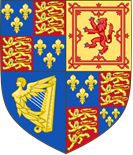







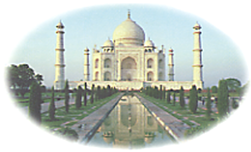 The
Mughal Emperor
The
Mughal Emperor 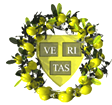
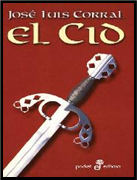 The
French philosopher, mathematician and physicist
The
French philosopher, mathematician and physicist 
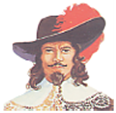
 Widespread
rebellion breaks out in China.
Widespread
rebellion breaks out in China. 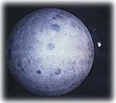
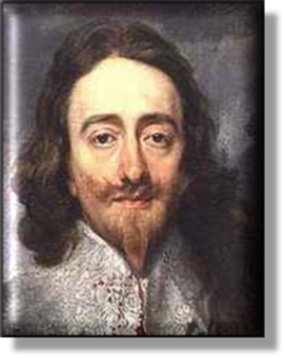 xxxxx
xxxxx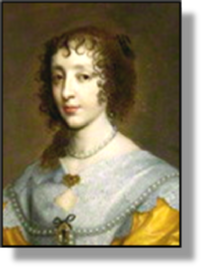 xxxxx
xxxxx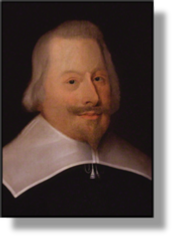 a Scottish army had crossed the border, defeated a royalist force
led by Strafford, and occupied both Newcastle and Durham. The
"Long Parliament" was then called to raise a more efficient army,
but once again it insisted on reform before assistance. Led by
John Pym (
a Scottish army had crossed the border, defeated a royalist force
led by Strafford, and occupied both Newcastle and Durham. The
"Long Parliament" was then called to raise a more efficient army,
but once again it insisted on reform before assistance. Led by
John Pym (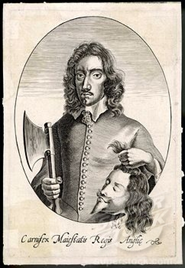 n
became a pawn in a struggle for power. He surrendered to the Scots
at Newark, but because he still refused to accept Presbyterianism,
they handed him over to the Parliamentary forces in January 1647.
Then the army seized him and held him at Hampton Court. In
November, however, he managed to escape to the Isle of Wight,
where he was imprisoned yet again, this time in
n
became a pawn in a struggle for power. He surrendered to the Scots
at Newark, but because he still refused to accept Presbyterianism,
they handed him over to the Parliamentary forces in January 1647.
Then the army seized him and held him at Hampton Court. In
November, however, he managed to escape to the Isle of Wight,
where he was imprisoned yet again, this time in